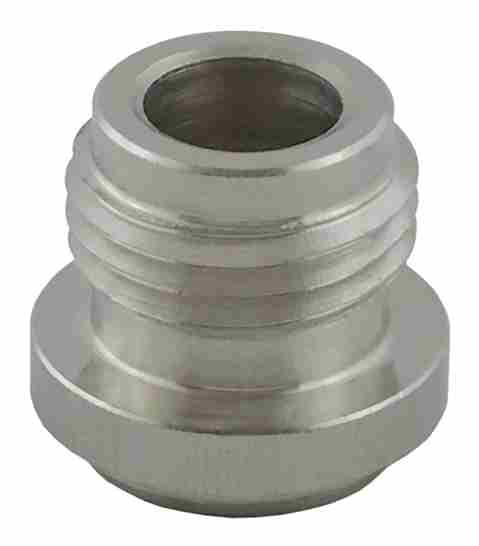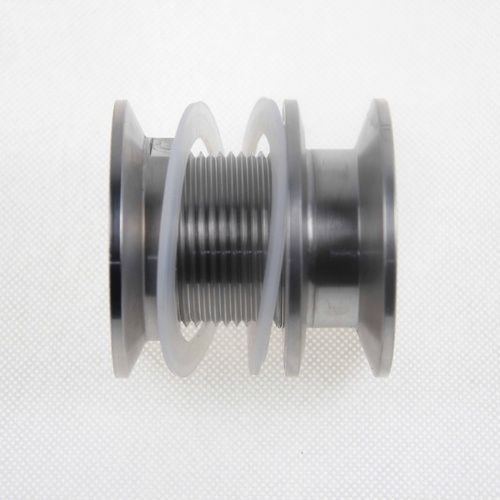i'm sure this has been covered here
(i did search and saw to use a step bit for drilling)
But just to refresh the topic...
I got a 60L SS milk can for fermenting, and now seriously considering all the fancy stuff. like closed transfers, carbonating WHILE fermenting....the hard core stuff...
But how would i mount the posts? i saw to drill the holes for them to use a step bit...
anyone willing to make figuring out how to mount them easy for me?
in the past i've always kinda considered fermenters disposable items....
(i did search and saw to use a step bit for drilling)
But just to refresh the topic...
I got a 60L SS milk can for fermenting, and now seriously considering all the fancy stuff. like closed transfers, carbonating WHILE fermenting....the hard core stuff...
But how would i mount the posts? i saw to drill the holes for them to use a step bit...
anyone willing to make figuring out how to mount them easy for me?
in the past i've always kinda considered fermenters disposable items....






